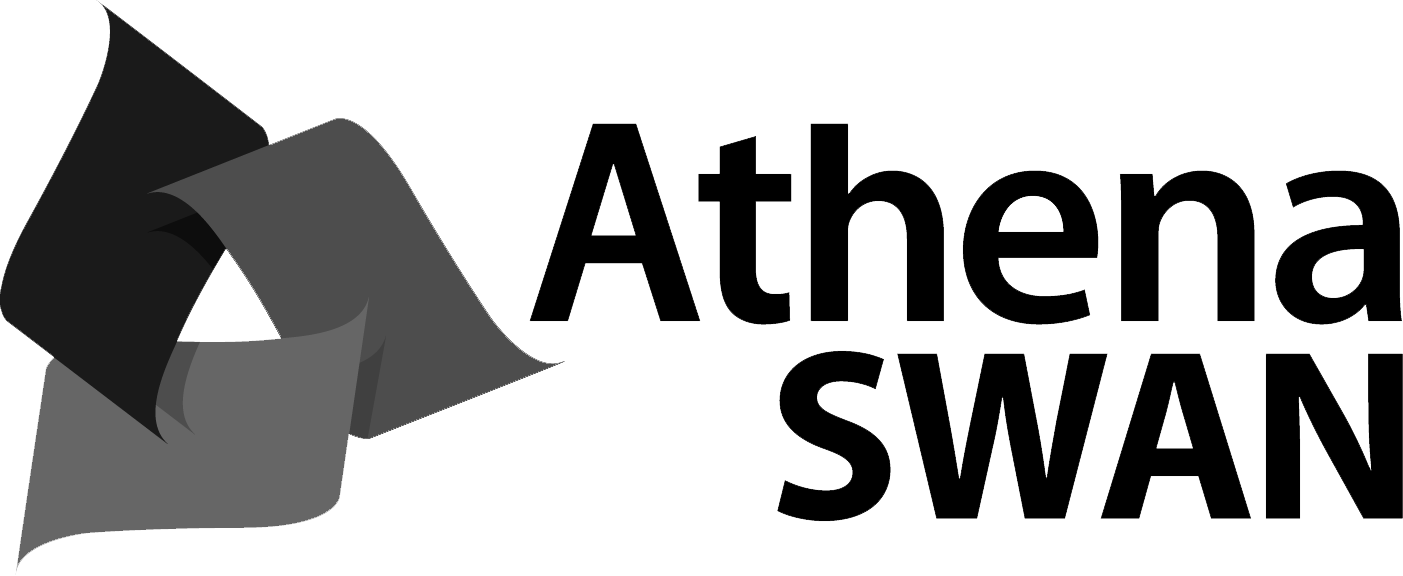This unit of study provides an overview of a human-centred approach to the design of products and systems. It introduces students to design thinking and how it can be productively applied to different design situations. The theoretical concepts, methods and tools for the key stages of interaction design are covered including user research, ideation, prototyping and user evaluation. It provides students with the principles, processes and tools for working collaboratively on design projects in studio. Students learn to build empathy with users, identify and reframe the problem space, develop value-driven design concepts and persuasively communicate design proposals with an emphasis on the user experience through visual storytelling. This unit is a foundational core unit in the Master of Interaction Design and Electronic Arts program.
Unit details and rules
| Academic unit | Design Lab |
|---|---|
| Credit points | 6 |
| Prerequisites
?
|
None |
| Corequisites
?
|
None |
|
Prohibitions
?
|
None |
| Assumed knowledge
?
|
None |
| Available to study abroad and exchange students | Yes |
Teaching staff
| Coordinator | Joel Fredericks, joel.fredericks@sydney.edu.au |
|---|---|
| Lecturer(s) | Joel Fredericks, joel.fredericks@sydney.edu.au |





